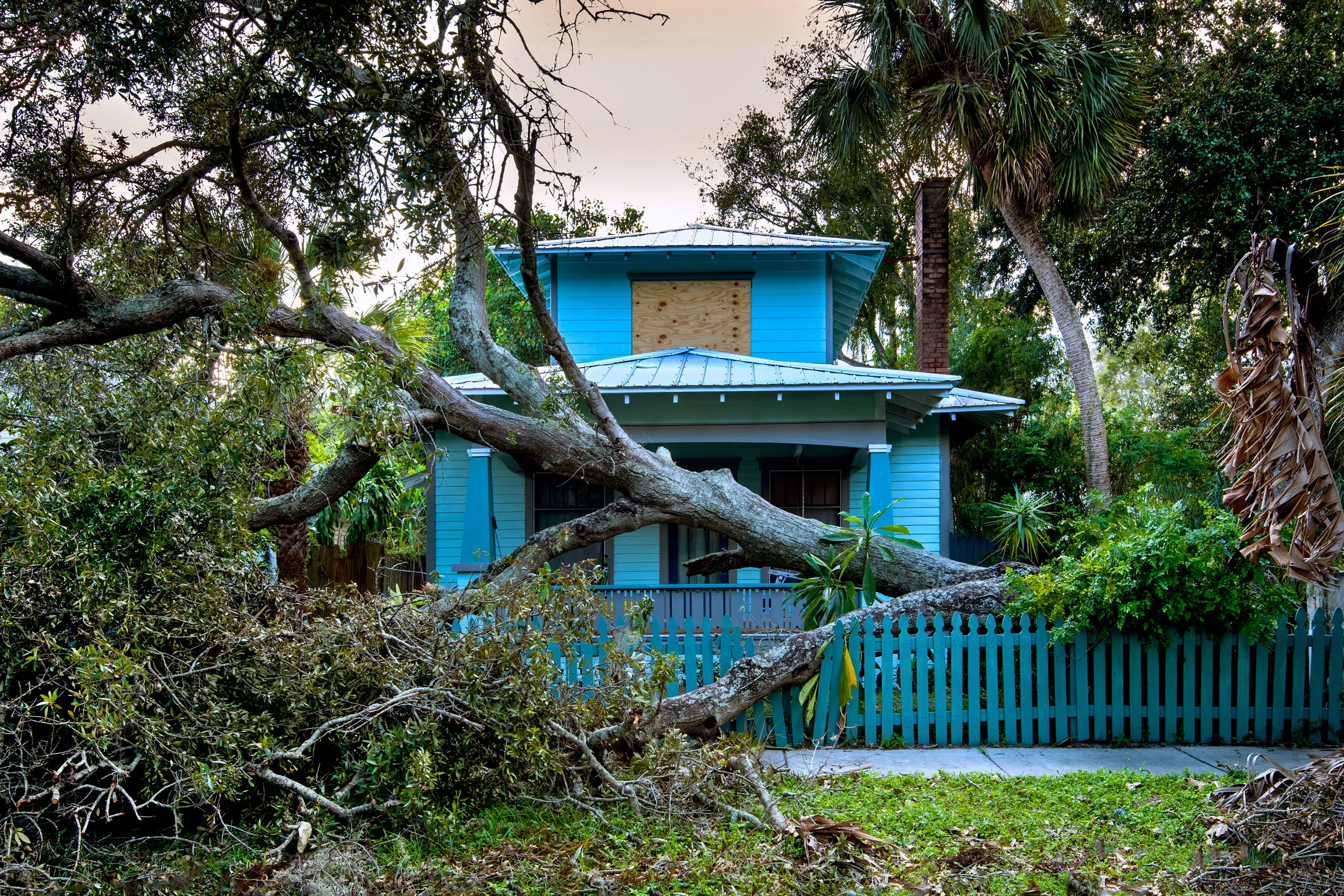Homebuyers increasingly worried about how natural disasters could affect their properties and budgets will soon get a new tool to help gauge the risk.
Home search site Zillow announced last week that it will soon include data on potential climate risks in every one of its for-sale listings in the U.S. Prospective buyers will be able to see a risk score, similar to the walk and transit scores currently available, for five types of weather-related phenomena: flood, wildfire, wind, heat and air quality. The new feature will provide historical information detailing if (or when) the property has been affected by a climate event, as well as insurance recommendations specifically tailored to the home.
Zillow research shows that more than 80% of would-be buyers consider at least one weather-related hazard when house shopping. By adding a risk score to each listing, Zillow says it’s trying to help prospective buyers get a better understanding of potential hazards — information they can then use to determine the long-term affordability of a property by evaluating and planning for future insurance, maintenance and repair costs.
“Climate risks are now a critical factor in home-buying decisions,” wrote Skylar Olsen, Zillow’s chief economist, in the press release announcing the new score. “Healthy markets are ones where buyers and sellers have access to all relevant data for their decisions.”
The risk score uses data from First Street, a company specializing in climate-risk financial modeling. The feature will be available on the Zillow website and app for iPhone users by the end of this year and will be available on Android phones next year.
Climate change pushes insurance costs to new heights
Homeowners’ insurance costs have skyrocketed over the past few years as severe weather-related disasters have become increasingly common.
Last year there were 28 major disasters, each causing over $1 billion in damages, according to data from the federal government. Altogether, these extreme weather events, which included wildfires in Maui and Hurricane Idalia’s damage in states along the Southeast coast, cost nearly $93 billion. And 2023 won’t be an outlier going forward: Moody’s Analytics predicts that property damages from last week’s Hurricane Helene could reach up to $26 billion, and AccuWeather estimates the total damage and economic loss could hit $160 billion.
The high cost of covering these damages has led several large insurance providers, including Allstate, Farmers and State Farm, to drop coverage in high-risk states like California and Florida. In other cases, insurance companies have raised premiums to offset the losses, in some cases by as much as 20% or more. Experts predict renewal premiums could increase by 10% to 15% this year, with homeowners in some high-risk states like Florida seeing much higher spikes.
Many homeowners are looking for ways to manage the rising insurance costs. Some have decided to increase their deductibles to $5,000 or more, which can lower premiums by several hundred dollars per year.
In a more risky move, other owners have decided to forego insurance altogether. However, any savings obtained through this strategy could backfire, as homeowners would be responsible for all personal and property damage due to natural disasters. Foregoing insurance could also lead your mortgage lender to add a more expensive policy of their choosing to your loan.
How homeowners and buyers can prepare for increasing climate risks
There’s no standing in the way of Mother Nature when she decides to strike. However, homeowners and prospective buyers can take steps to minimize the impact of weather-related events can have on their homes.
The first step is to be aware of and understand the potential risks. Having a risk score on a listing can be helpful for buyers unfamiliar with the most likely threats in the local area. The next step is ensuring the home is as prepared as possible.
Home improvements such as replacing an old roof, installing storm-resistant windows or shutters, and replacing critical home systems like old or frayed wiring can prevent or reduce damages that can lead to costly repairs. As a bonus, these upgrades can help reduce your insurance premiums.
Another critical step is to have an emergency plan, which includes keeping a cash reserve handy in case power is knocked out for several days or you need to evacuate to a safer area. Exactly how much money you need will depend on the event’s severity and your family’s needs. Start with $500 and adjust your reserve as needed.
Finally, whether you’re buying or already own the home, it’s always smart to have an emergency fund set aside to help pay for home repairs that won’t be fully covered by insurance.
More from Money:
7 Best Homeowners Insurance Companies of 2024
How to Find Affordable Homeowners Insurance in 2024
Here Are the 10 Most Expensive States for Home Insurance
